Today's crafters could take a few tips from our ancestors on incorporating "found objects" into their altered journals. The one shown above was made to honor Crispus Attucks, the first man shot in the Boston Massacre. Isn't it beautiful? Don't you just want to run your fingers along its delicate spine? Sniff the pages of history? Well, before you get too excited, you might want to know that it is made of human skin....supposedly the skin of the martyred Cripus Attucks. This object can be found in the Wellcome Library's new exhibit, "Skin" going on now until September 26th.
Cover Art
The Wellcome Library folks are suspicious that the Crispus Attucks book is really made of skin, but Crispus is not the only human to be immortalized as a book. In 1821, John Horwood was executed for the murder of Eliza Balsum. In the 19th century, it was common for the remains of executed criminals to become fodder for anatomy classes. Horwood awaited such a fate with a gruesome twist - his skin became the cover of the ledger book that contained details of his execution. His doctor did a splendid job. If you look closely, you can see a skull and crossbones delicately embossed in each corner. Those Victorians could be so clever!
Remember my Touch
Some might think using skin as a book is a tad too nasty to contemplate, but others have felt that nothing says remember me like a book made from human remains. Such was the thinking of French novelist, Eugene Sue's mistress. She stipulated in her will that her skin should be bound around one of her lover's works. The book, Sue's Vignettes: les Mysteres de Paris sold at Foyle's in London for 29$. I guess that's the going rate for skin books.
As Tough as Old Boots
Famed outlaw, Big Nose George Parrott fancied himself as "tough as old boots." His moniker seemed to hold true until he was captured and lynched by an angry mob of local citizens. George's death left a curious Doctor named Thomas Maghee to ponder: was George really as tough as old boots? Well, there was only one way to find out. He used George's skin to make himself some snazzy new shoes.
Let that be yet another Raucous History lesson - when you are coming up with a catchy slogan for yourself, you really must be careful that someone doesn't take you literally.
Sources and Further Reading:
Old Volumes
Murphy, Edwin. After the Funeral: The Posthumous Adventures of Famous Corpses, Barnes & Noble Books, 1998.
Carbon County Museum
The Wellcome Library
John Horwood and his macabre book legacy
Thursday, September 2, 2010
Subscribe to:
Post Comments (Atom)

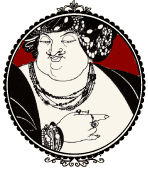

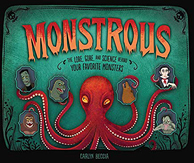
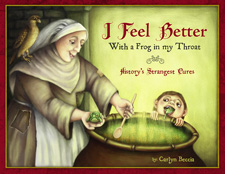
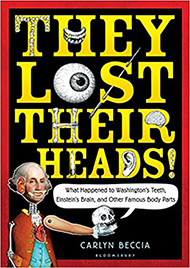




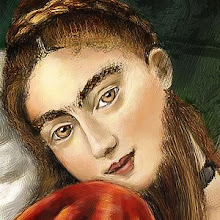






5 comments:
Oh Yuk!! I wish I hadn't read this...
*delighted shriek* I love posts like this, ie stuff they'll never tell you during high school history class.
On a side note about skin books, the original ending to Stephen King's "Misery" had Annie Wilkes (the crazy character) killing Paul Sheldon (the main character) to use his skin as the covers to the book he wrote her during his captivity. Personally, I think that would have made the book 10 times better.
WOW!! I would never have imagined this!
I honestly think it would be completely awesome for my skin to be made into a book when I die...and I would also love to own a skin book, I'm weird I know, but I find it completely fascinating.
Jesica, you are not weird. I save locks of my children's hair and put them in resin jewelry. Hair is just as strange as skin.
Post a Comment